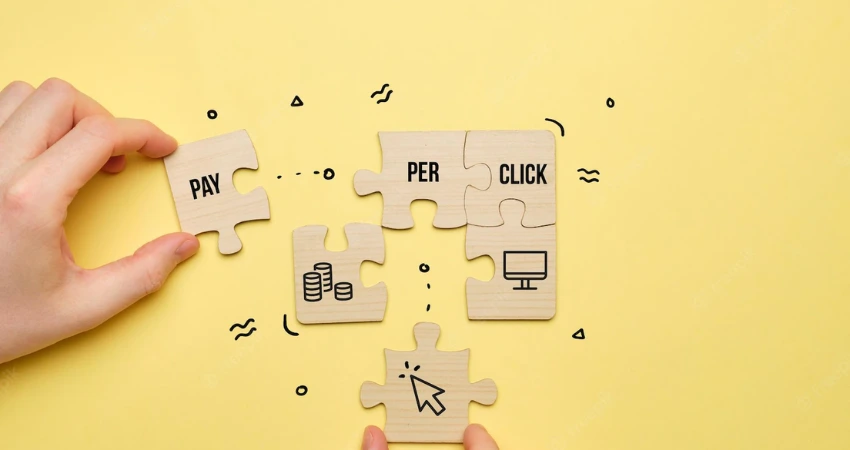In the realm of political discourse, traditional forms of expression such as political cartoons have long held sway. Yet, in the age of the internet, a new contender has emerged: memes. These bite-sized, often humorous images or videos have become a dominant force in shaping public opinion and discourse. Some argue that political cartoonists are out of touch with the digital age and that it’s time to make way for memes. In this essay, I will explore the rise of memes as a potent form of political commentary and argue for their relevance and importance in modern discourse.
Firstly, let’s delve into the nature of memes. Memes are highly shareable, easily digestible pieces of content that spread rapidly across social media platforms. They possess a unique ability to condense complex ideas into simple yet impactful visuals or text. This accessibility makes them particularly effective in reaching a wide audience, including younger demographics who may feel disconnected from traditional forms of political commentary like political cartoons.
One of the key strengths of memes lies in their adaptability and versatility. Memes can be created and shared by anyone with an internet connection, allowing for a decentralized and diverse range of voices to participate in political discourse. This democratization of content creation challenges the notion of a select few elite political cartoonists holding a monopoly on commentary. Instead, memes empower individuals to express their views creatively and engage with political issues on their own terms.
Moreover, memes have a unique ability to capture the zeitgeist and respond swiftly to current events. In a fast-paced digital landscape where news cycles are constantly evolving, memes provide a real-time commentary that is both relevant and engaging. Political cartoonists, on the other hand, often work on longer lead times and may struggle to keep pace with the rapid flow of information. Memes thrive in this environment of immediacy, allowing users to react instantaneously to breaking news or trending topics.
Additionally, memes have a built-in virality that enables them to reach far beyond traditional media channels. A cleverly crafted meme can quickly go viral, spreading across social networks like wildfire and reaching millions of users in a matter of hours. This viral spread amplifies the impact of memes, ensuring that they penetrate even the most remote corners of the internet. In contrast, political cartoons, while influential in their own right, may struggle to achieve the same level of widespread dissemination in today’s digital landscape.
Critics of memes may argue that their brevity and simplicity undermine the depth and nuance of political commentary. While it’s true that memes often prioritize entertainment over in-depth analysis, this does not diminish their value as a form of expression. In fact, the accessibility of memes can serve as a gateway to more substantive discussions about complex issues. A well-crafted meme has the power to spark curiosity and prompt individuals to seek out additional information, leading to a deeper understanding of political issues.
Furthermore, memes have the ability to bridge cultural and linguistic barriers in ways that traditional forms of political commentary cannot. Memes rely heavily on visual imagery and universal symbols, making them easily accessible to a global audience. This universality allows memes to transcend geographical and linguistic boundaries, fostering connections and conversations across diverse communities. In an increasingly interconnected world, this ability to communicate across cultures is invaluable in shaping a truly global discourse.
It’s important to recognize that memes are not without their limitations. Like any form of communication, memes can be misused or manipulated to spread misinformation or hateful rhetoric. However, these risks are not unique to memes and exist in varying degrees across all forms of media. The solution lies not in dismissing memes altogether, but rather in promoting digital literacy and responsible online behavior. By empowering individuals to critically evaluate the content they consume and share, we can mitigate the negative impact of misinformation while still harnessing the power of memes as a force for positive change.
In conclusion, memes represent a powerful and dynamic form of political commentary that is uniquely suited to the digital age. Their accessibility, adaptability, and virality make them a potent force in shaping public opinion and discourse. While political cartoons have long been the dominant medium for political commentary, it’s time to recognize the relevance and importance of memes in modern discourse. By embracing memes as a legitimate form of expression, we can enrich our political dialogue and engage a broader and more diverse audience in the democratic process. It’s time to make way for memes.









